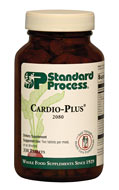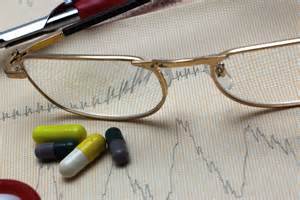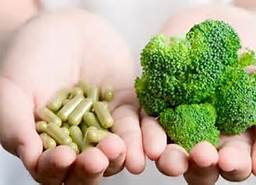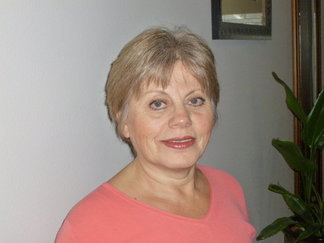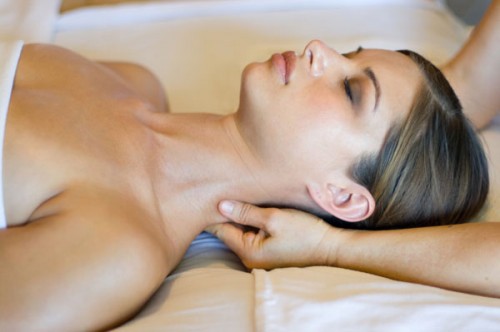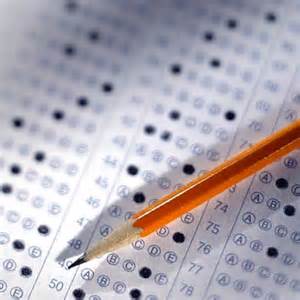How Heart Works

|
Plato |
Cardiovascular Disease is a chronic disease that is the number one cause of death in the world. It affects 81.1 million adult Americans (1in 3), 39 million men and 42.1 million women. There are 831,272 deaths per year in the US alone. About every 25 seconds, an American will have a coronary event, and about one every minute will die from one.
Everyone knows that the heart is a vital organ. We cannot live without our heart. However, when you get right down to it, the heart is just a pump. A complex and important one, yes, but it is still just a pump. As with all other pumps it can become clogged, break down and need repair. This is why it is critical that we know how the heart works. With a little knowledge about your heart and what is good or bad for it, you can significantly reduce your risk for heart disease.
 |
The heart is a hollow, cone-shaped muscle located between the lungs and behind the sternum (breastbone). Two-thirds of the heart is located to the left of the midline of the body and 1/3 is to the right. |
The average weight of a female human heart is 9 ounces and a male's heart is 10.5 ounces. The heart comprises less than 0.5 percent of the total body weight.
The heart has three layers. The smooth, inside lining of the heart is called the endocardium. The middle layer of heart muscle is called the myocardium. It is surrounded by a fluid filled sac call the pericardium.
The heart is divided into four chambers:
- 1. right atrium
- 2. right ventricle
- 3. left atrium
- 4. left ventricle
Each chamber has a sort of one-way valve at its exit that prevents blood from flowing backwards. When each chamber contracts the valve at its exit opens. When it is finished contracting, the valve closes so that blood does not flow backwards.
When the heart muscle contracts or beats (called systole), it pumps blood out of the heart. The heart contracts in two stages. In the first stage, the right and left atria contract at the same time, pumping blood to the right and left ventricles. Then the ventricles contract together to propel blood out of the heart. Then the heart muscle relaxes (called diastole) before the next heartbeat. This allows blood to fill up the heart again.
The right and left sides of the heart have separate functions. The right side of the heart collects oxygen-poor blood from the body and pumps it to the lungs where it picks up oxygen and releases carbon dioxide. The left side of the heart then collects oxygen-rich blood from the lungs and pumps it to the body into the aorta. The aorta is the main artery of the body. It receives all the blood that the heart has pumped out and distributes it to the rest of the body.
All blood enters the right side of the heart through two veins: The superior vena cava that collects blood from the upper half of the body and the inferior vena cava that collects blood from the lower half of the body
Have you ever wondered what makes your heart beat? How does it do it automatically, every second of every minute of every hour of every day? The answer lies in a special group of cells that have the ability to generate electrical activity on their own called pacemaker cells. These cells separate charged particles. Then they spontaneously leak certain charged particles into the cells. This produces electrical impulses in the pacemaker cells which spread over the heart, causing it to contract. These cells do this more than once per second to produce a normal heart beat of 72 beats per minute.
The natural pacemaker of the heart is called the sinoatrial node. It is located in the right atrium. The heart also contains specialized fibers that conduct the electrical impulse from the pacemaker to the rest of the heart
Any of the electrical tissue in the heart has the ability to be a pacemaker. However, the sinoatrial node generates an electric impulse faster than the other tissue so it is normally in control. If the node should fail, the other parts of the electrical system can take over, although usually at a slower rate.
Although the pacemaker cells create the electrical impulse that causes the heart to beat, other nerves can change the rate at which the pacemaker cells fire and the how strongly the heart contracts. These nerves are part of the autonomic nervous system. The autonomic nervous system has two parts - The sympathetic nervous system and the parasympathetic nervous system. The sympathetic nerves increase the heart rate and increase the force of contraction. The parasympathetic nerves do the opposite.
Electrical system abnormalities can range from minor premature beats (skipped beats) that do not require treatment, to slow or irregular beats that require an artificial pacemaker.
The heart, just like any other organ, requires blood to supply it with oxygen and other nutrients so that it can do its work. The heart gets its blood from coronary arteries that eventually carry blood within the heart muscle.
The heart also has veins that collect oxygen-poor blood from the heart muscle. Most of the major veins of the heart drain into the coronary sinus which opens into the right atrium.
An average heart pumps 2.4 ounces per heartbeat. And, as we already mentioned, an average heartbeat is 72 beats per minute. Therefore an average heart pumps 1.3 gallons per minute. In other words it pumps 1,900 gallons per day, almost 700,000 gallons per year, or 48 million gallons by the time someone is 70 years old. That's not bad for a 10-ounce pump.


